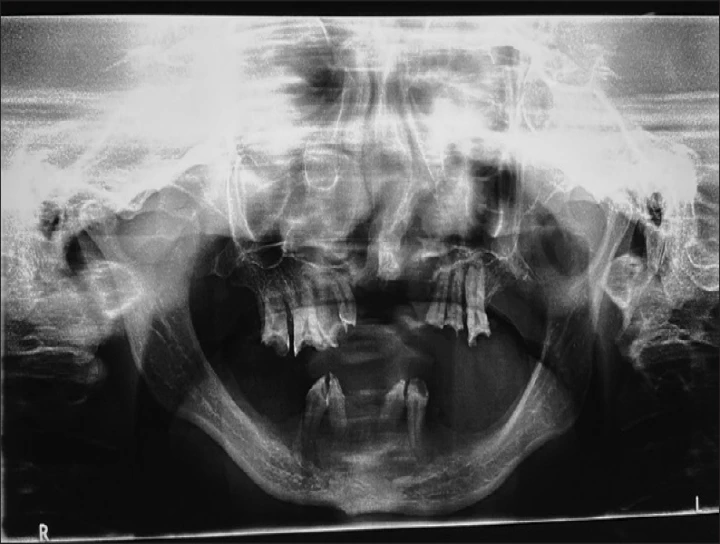
Dental malocclusions are common among patients with cleft lip and palate (CLP), and the prevalence of these malocclusions is a significant concern in both clinical practice and research. Cleft lip and/or palate is a congenital condition that affects the oral and maxillofacial regions, leading to various dental and orthodontic challenges.
Prevalence of Dental Malocclusions in CLP Patients
The prevalence of dental malocclusions among patients with CLP is notably high compared to the general population. Various studies and reviews provide insights into the extent of these malocclusions:
1. **General Prevalence:**
- Dental malocclusions are present in a large majority of CLP patients. Studies suggest that nearly 80-90% of patients with CLP exhibit some form of malocclusion, which can range from minor to severe.
2. **Types of Malocclusions:**
- **Class I Malocclusion:** Some patients may present with a Class I malocclusion, where the bite is generally normal but may have alignment issues.
- **Class II Malocclusion:** A common finding in CLP patients is a Class II malocclusion, characterized by a protruded maxilla or retruded mandible. This can be due to the abnormal growth patterns associated with cleft deformities.
- **Class III Malocclusion:** Less common but still observed, Class III malocclusions involve a protruded mandible relative to the maxilla.
- **Open Bite:** Open bite, where there is no vertical overlap between the upper and lower teeth, is frequently seen in CLP patients due to altered skeletal and dental relationships.
- **Crossbite:** Crossbites, where one or more of the upper teeth are positioned inside the lower teeth, are also prevalent.
3. **Specific Findings:**
- **Cleft Lip Only:** Patients with cleft lip alone may experience milder forms of malocclusion compared to those with cleft palate or combined cleft lip and palate.
- **Cleft Palate Only:** Individuals with cleft palate often have more pronounced malocclusions, including significant skeletal discrepancies and dental misalignments.
- **Complete Cleft Lip and Palate:** Patients with complete cleft lip and palate usually exhibit severe malocclusions due to complex interactions between dental, skeletal, and soft tissue structures.
Factors Influencing Malocclusions
Several factors contribute to the high prevalence of malocclusions in CLP patients:
1. **Skeletal Discrepancies:**
- The cleft can affect the normal development of the maxilla and mandible, leading to abnormal growth patterns and malocclusions.
2. **Dental Development:**
- Abnormalities in the development and eruption of teeth are common, often due to disrupted normal tooth development or positioning.
3. **Soft Tissue Scar Formation:**
- Scar tissue from surgical repair can affect muscle function and dental alignment, contributing to malocclusions.
4. **Functional Issues:**
- Problems with speech, chewing, and swallowing can impact dental development and alignment.
5. **Genetic and Environmental Factors:**
- Genetic factors and environmental influences during growth and development can also play a role in the prevalence and severity of malocclusions.
Management and Treatment
Effective management of dental malocclusions in CLP patients requires a multidisciplinary approach:
1. **Orthodontic Treatment:**
- Early orthodontic intervention is often necessary to address malocclusions and guide dental development. This may include braces, expanders, or other appliances.
2. **Surgical Interventions:**
- Surgical correction may be required to address skeletal discrepancies and severe malocclusions. Orthognathic surgery is commonly used in conjunction with orthodontic treatment.
3. **Prosthetic and Restorative Dentistry:**
- Prosthetic treatments may be needed to address issues such as missing teeth or impaired function due to cleft deformities.
4. **Speech Therapy:**
- Speech therapy can help improve functional outcomes and is often integrated into the overall treatment plan for CLP patients.
5. **Regular Monitoring:**
- Ongoing monitoring and follow-up are essential to assess the development of malocclusions and adjust treatment plans as necessary.
Conclusion
Dental malocclusions are prevalent among patients with cleft lip and palate, with a wide range of types and severities observed. The high prevalence of malocclusions highlights the need for comprehensive, multidisciplinary care involving orthodontists, oral surgeons, and other specialists to manage and treat these complex conditions effectively. Early diagnosis and intervention are key to improving outcomes and ensuring optimal functional and aesthetic results for CLP patients.


No Any Replies to “The Prevalence of Dental Malocclusions among Cleft Lip and Palate Patients”
Leave a Reply